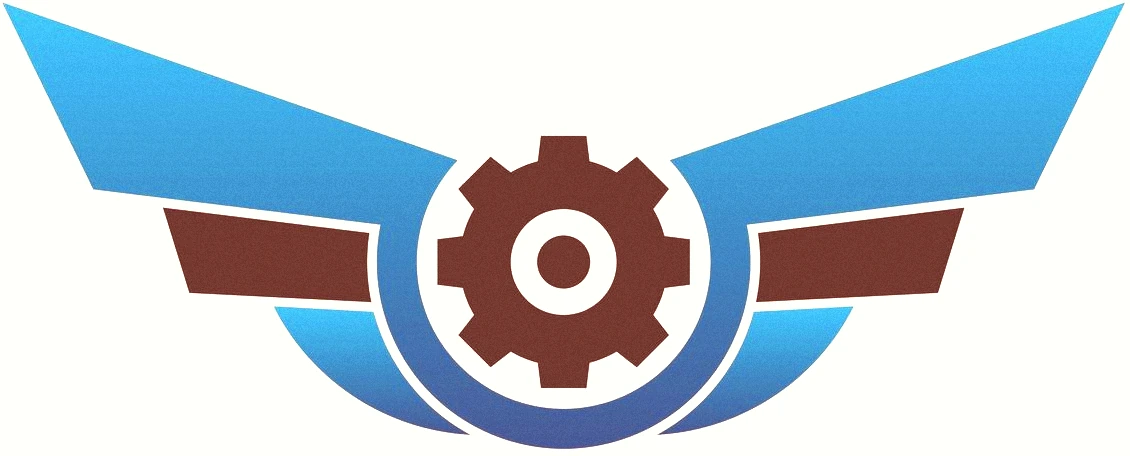Launch Your Future in Aircraft Maintenance
Are you fascinated by aircraft technology and looking for a hands-on career with global opportunities? Becoming an Aviation Maintenance Technician (AMT) offers a rewarding path where your skills directly contribute to aviation safety and efficiency every day.
Compare Aviation Mechanic Schools
View and compare all aviation mechanic schools
Find a Program Near You
The Value of AMT Schools
With on-the-job training, specialized aviation schools offer distinct benefits:
- Proven Success: A structured curriculum ensures complete coverage of all FAA requirements
- Supportive Environment: Dedicated instructors focused solely on your educational success
- Peer Community: Connect with like-minded students who share your passion for aviation
- Financial Aid Options: Tuition reduction programs and financial assistance available for qualified students
- Industry Recognition: Graduate with credentials respected throughout the aviation industry
A Career with Growing Demand and Opportunity
FAA-certified aviation maintenance technicians play a vital role in ensuring the safety and functionality of aircraft and their systems. Their work includes inspecting, servicing, and repairing key components such as airframes, landing gear, hydraulics, and electrical systems.
There is a substantial need to replace the several thousands of experienced technicians who are retiring. Job opportunities are likely to be strongest at smaller commuter and regional airlines and at FAA repair stations.
As advancements in the complexity of aircrafts continue, the demand for skilled mechanics will increase.
Those working for commercial airlines may handle routine checks, urgent repairs at terminals, or large-scale maintenance at central overhaul facilities. In general aviation, technicians perform similar tasks and may work on anything from small piston aircraft to large turbine-powered planes, depending on their employer’s focus. These professionals are essential to keeping aviation operations safe and efficient across all sectors.
Why Choose an Aviation Maintenance Career?
High Industry Demand
Boeing forecasts a need for 769,000 certified A&P mechanics by 2038, with 193,000 needed in North America alone.
Diverse Career Paths
From major airlines and executive aircraft services to manufacturing and charter operations, AMTs are essential across the entire aviation industry.
Beyond the Ordinary
No two days are alike in aircraft maintenance. If the typical 9-to-5 sounds monotonous, AMT careers offer variety, challenges, and opportunities to work with cutting-edge technology.
Hands-On Innovation
Work directly with advanced aviation systems, diagnose complex problems, and ensure the airworthiness of sophisticated aircraft.
Global Opportunities
AMTs are in high demand worldwide, offering possibilities for international travel and employment.
Your Path to FAA Certification
AMT programs thoroughly prepare you to pass all FAA requirements:
- Written examinations
- Oral assessments
- Practical demonstrations
Upon successful completion, you’ll earn your A&P license—your passport to a career maintaining everything from private aircraft to commercial airliners.
What Do You Study in Aviation Mechanic School?
Airframe courses typically include:
- Sheetmetal Structures
- Finishes and Paint
- Composites
- Ice and Rain Control Systems
- Cabin Atmosphere Systems
- Hydraulics
- Welding
- Instruments and Landing Gear Systems
- Fuel Systems
- Electrical Systems
- Pneumatics
- Aircraft Inspection
Powerplant courses usually include:
- Piston Engine Overhaul and Inspection
- Turbine Engine Design and Operation
- Turbine Engine Inspection and Troubleshooting
- Reciprocating Engine Induction and Exhaust Systems
- Ignition Systems
- Fire Protection Systems
- Powerplant Lubrication Systems
- Propellers






